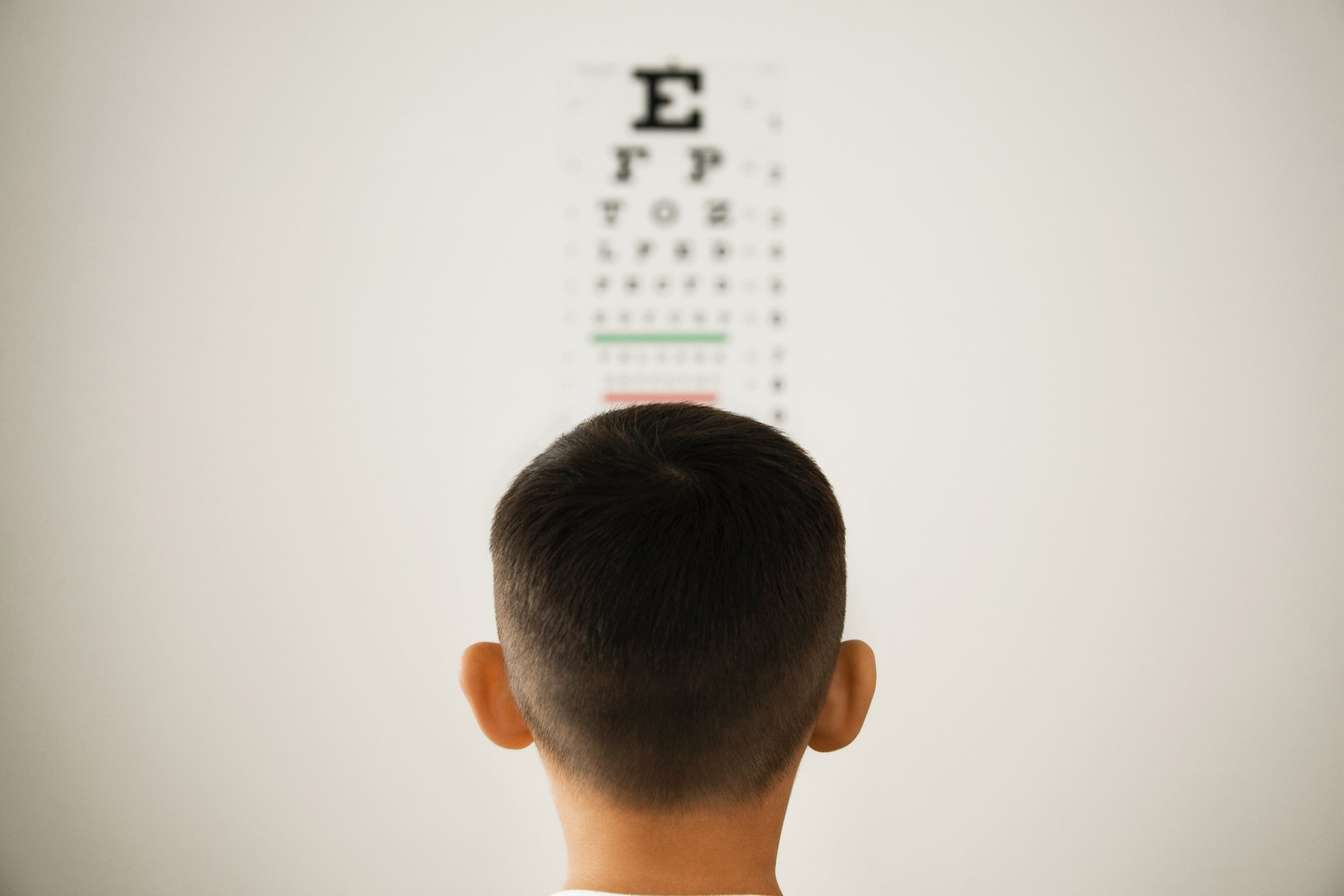
Sending the kids out to play not only helps them in the exercise department but also may play a role in reducing nearsightedness, says a study published in JAMA on Tuesday.
A study in Guangzhou, China, assigned children in grades 1-12 to an additional 40 minutes of outdoor activities per day, encouraging parents to do the same at home during off-school hours. After 3 years, the rate of myopia—commonly referred to as nearsightedness, where the patient is able to see close objects more clearly than those further away—was over 9% lower than a control group: 30.4% of the children who were outside longer were diagnosed with nearsightedness, compared to 39.5% of the children in the control group.
“Our study achieved an absolute difference of 9.1 percent in the incidence of myopia, representing a 23 percent relative reduction in incident myopia after 3 years,” the authors wrote, noting that they had expected even more of a dramatic decrease. But the drop is still significant: younger children who develop myopia are at a higher risk to develop pathological myopia, or extreme nearsightedness to the point of vision loss. “This delay in the onset of myopia in young children, who tend to have a higher rate of progression, could provide disproportionate long-term eye health benefits,” the authors note.
The connection between being outside and myopia in general remains unclear, but the authors believe the link is “difficult to ignore.”
Myopia has reached staggering “epidemic” levels in East and Southeast Asia, with rates in some places reaching almost 90% of high school graduates.
More Must-Reads from TIME
- Why Trump’s Message Worked on Latino Men
- What Trump’s Win Could Mean for Housing
- The 100 Must-Read Books of 2024
- Sleep Doctors Share the 1 Tip That’s Changed Their Lives
- Column: Let’s Bring Back Romance
- What It’s Like to Have Long COVID As a Kid
- FX’s Say Nothing Is the Must-Watch Political Thriller of 2024
- Merle Bombardieri Is Helping People Make the Baby Decision
Write to Tanya Basu at tanya.basu@time.com